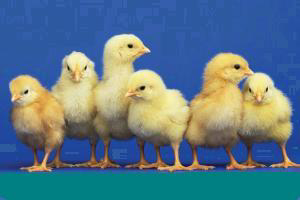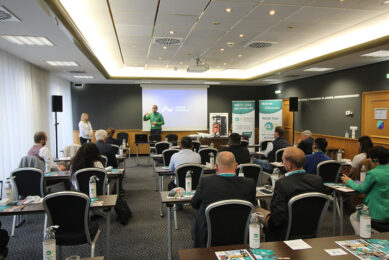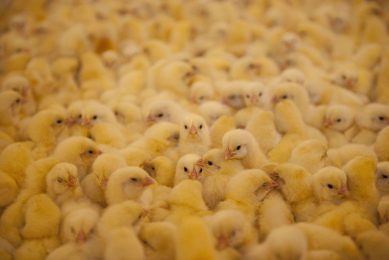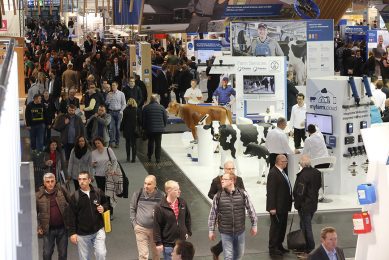Breeders committed to genetic diversity

Poultry breeders need to maintain a wide range of genetic stock, even though the industry is concentrating into fewer and fewer hands.
“It is often suggested that breeding companies are not interested in genetic diversity,” EW Group director of science Jim McKay told a European Poultry Club forum at EuroTier in Hanover. “People see that one breed in a particular country dominates and that there are a large number of them.
“But, as a geneticist, having genetic diversity is our only guarantee of having a future. Breeding companies have no interest in reducing genetic diversity – quite the opposite.”
This claim was borne out by the high number of different breeds maintained by the company’s various subsidiaries.
On the layer side, Lohmann had eight different breeds, suited to a variety of production systems and offering a range of egg colour, size, quality and persistency.
In turkeys, EW Group could offer 30 different lines with 14 different colours and a range of growth rates. And in broilers, the Ross bird was best known for the 308, but in fact the company had more than 30 different lines.
“This diversity allows us to deliver continued progress with our established lines and gives us flexibility to respond to market changes,” said Dr McKay.
Genetic development was becoming increasingly complex, he added. Breeders were no longer focused on growth rates and life expectancy. They also had to deliver a wide range of traits relating to bird welfare and robustness.
The aim was to achieve “balanced selection for long term progress”. As well as efficiency gains, the breeding programme was focused on skeletal quality, footpad dermatitis, water intake and, above all, gut health and digestibility.
New observation and measuring techniques, such as computer tomography to produce whole body reconstructions of broilers in 3D, has also helped in the selection of strong birds with good breast meat yield.
Dr McKay outlined some of the economic benefits of better breeding. In the layer sector he explained that breeding was delivering 1% a year improvement in production efficiency.
In 1975, it took 2.4 tonnes of feed to produce 1 tonne of eggs, he said, whereas today it took just 1.9 tonnes of feed – a 20% improvement. Globally, a 1% gain in feed efficiency saved the equivalent of 1.3m tonnes of compound feed, he added.
Dr McKay suggested that these efficiency gains were speeding up, not slowing down. “With annual improvement rates of 1.5-2%, we will deliver continuing improvements in economic performance and sustainability,” he said.
 Beheer
Beheer








 WP Admin
WP Admin  Bewerk bericht
Bewerk bericht